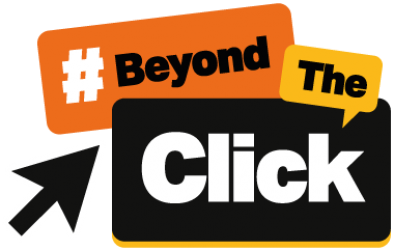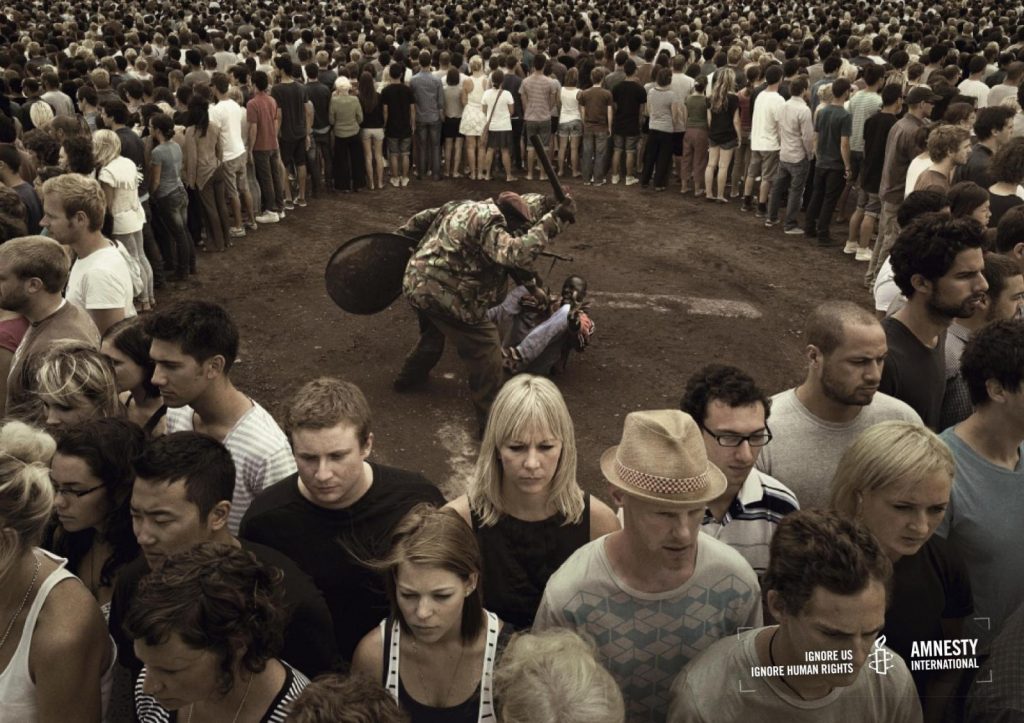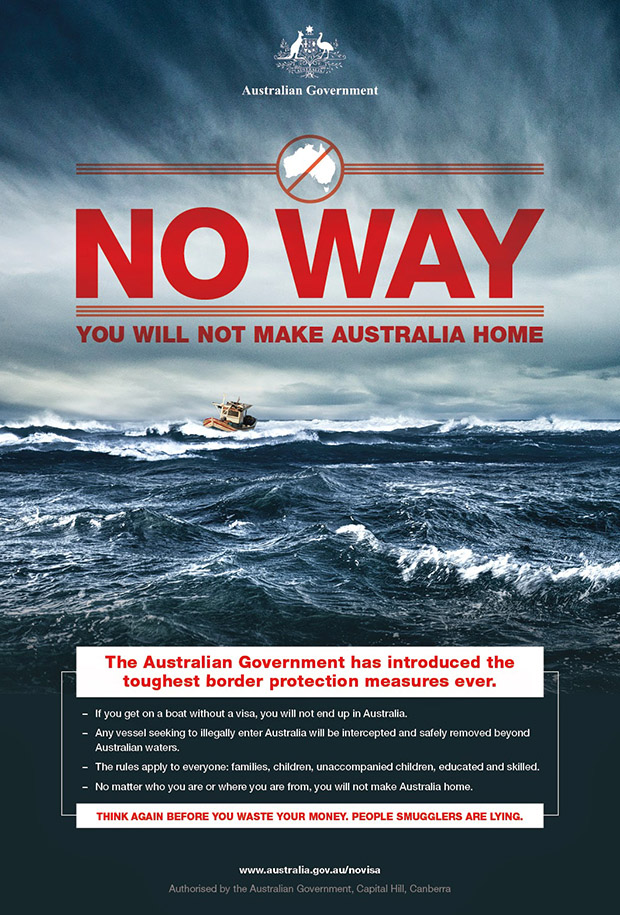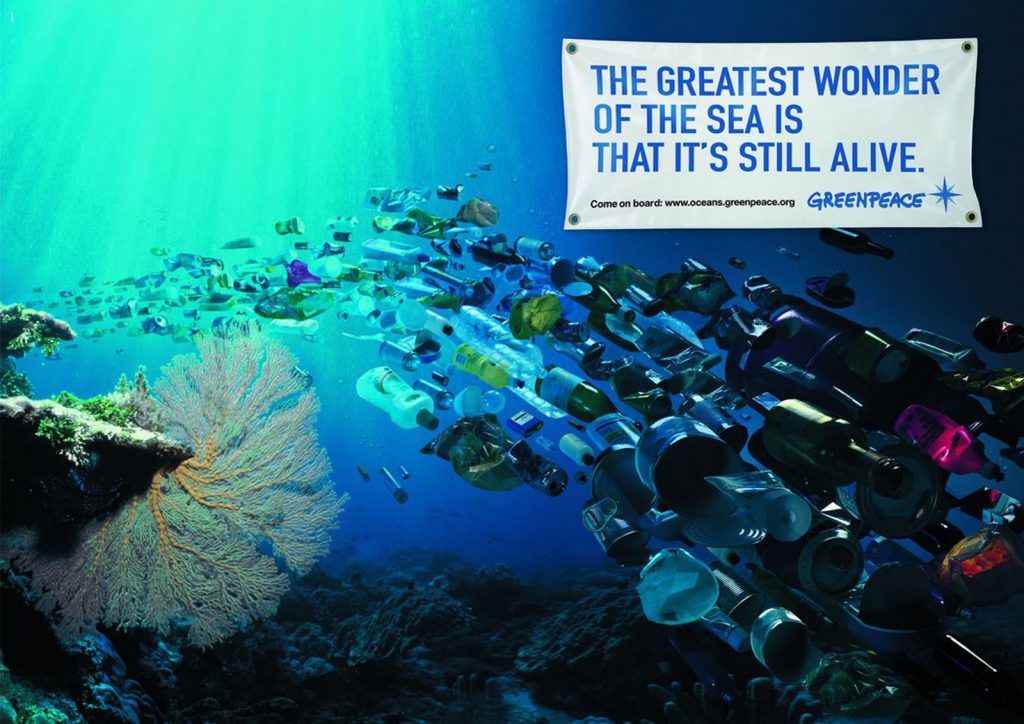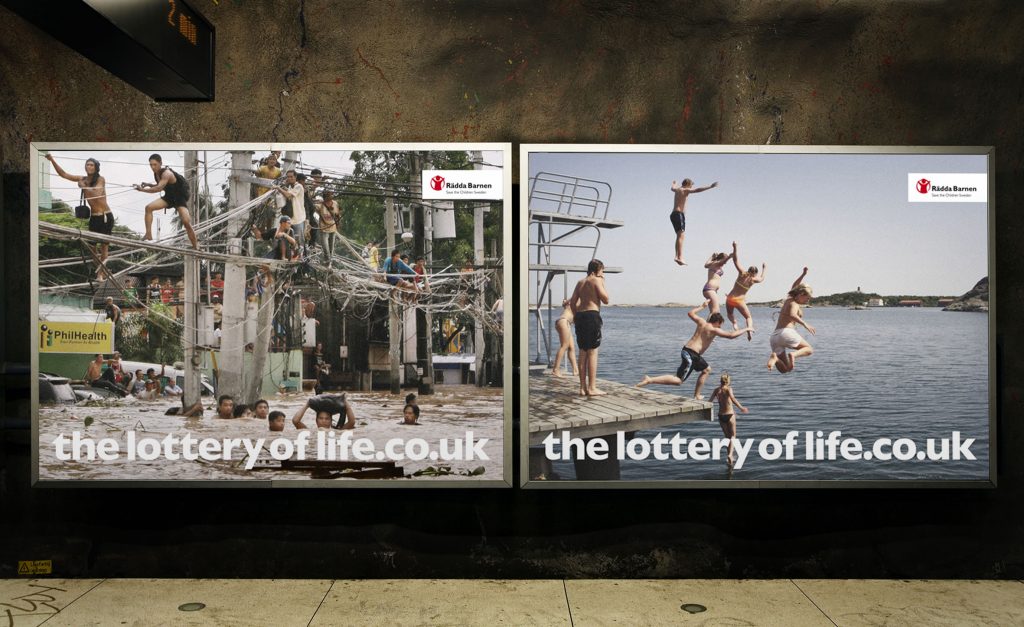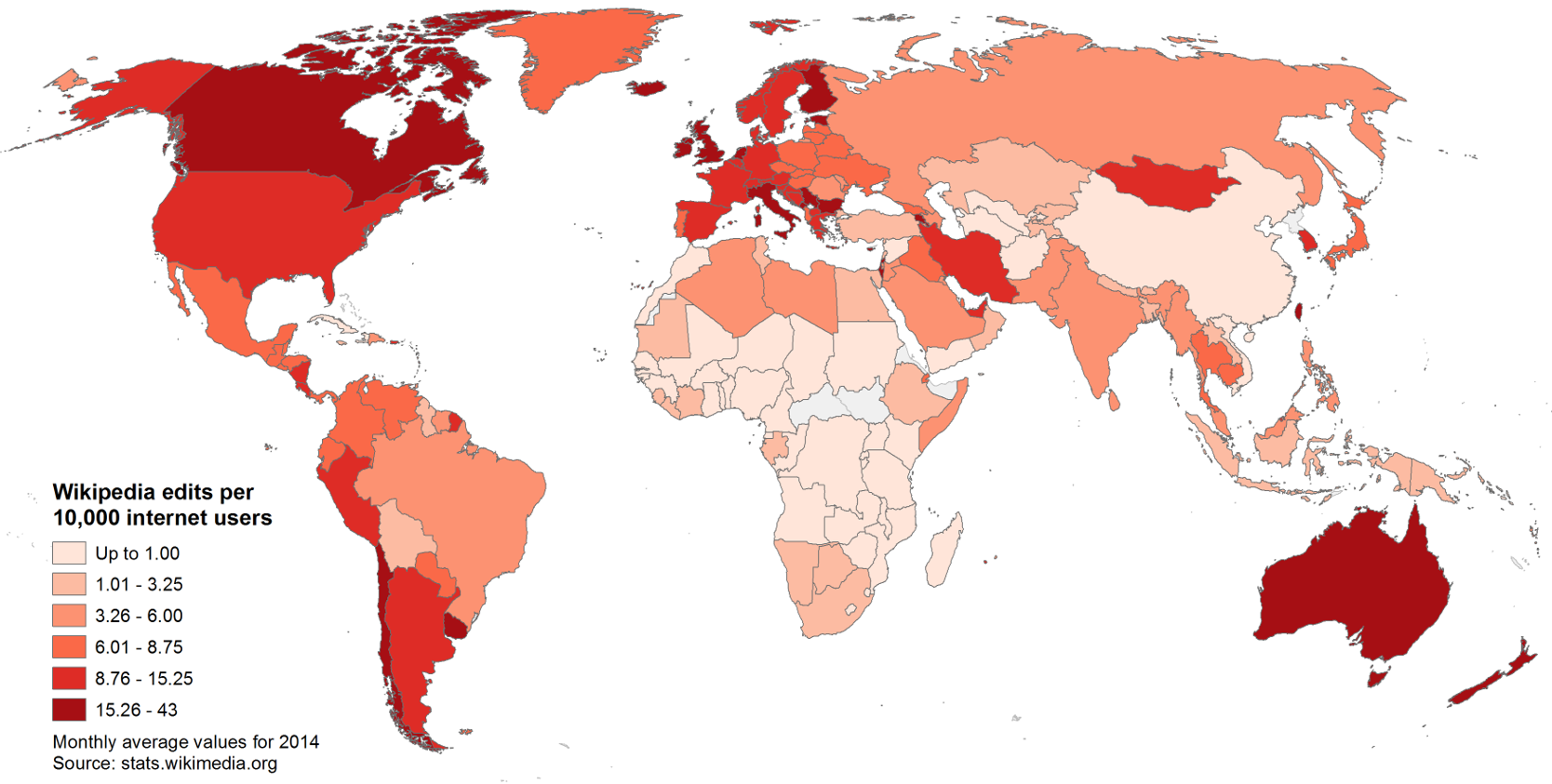6. The internet as a marketplace and where we fit in
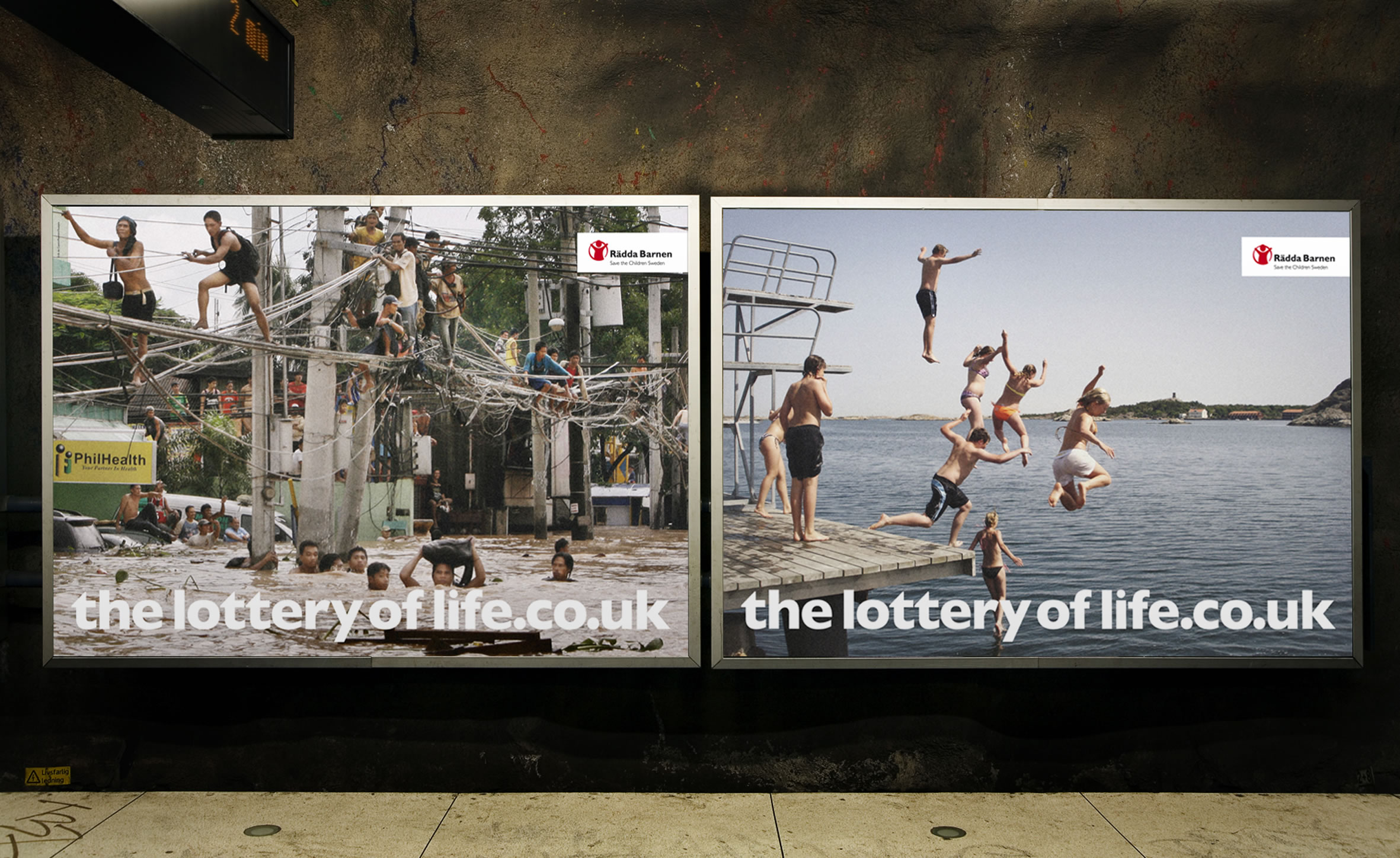
The Digital Literacy Framework Explored (with suggested activities and resources)
- Evaluating online advertising – ability to recognise the role of advertising online and the ability to critically analyse it
- Recognizing that internet users are consumers – ability to interact with the internet as a marketplace where companies primary objective is to sell products and often ideas
- Understand the importance of identity online – identity is used for selling not just products but ideas and worldviews
Buy Coke Cola. Purchase discount t-shirts. Order that 50inch flat screen TV…. consumers have never had more choice, and advertisers and public relations departments have never been busier. Creating messages for popular consumption is a busy marketplace of ideas, business interests and discovery of finding new ways to make profits through manufacturing desire.
This section introduces online advertising and the creation of messages for profit, recognising the digital marketplace where consumers are the product where companies often sell products, ideas and worldviews. Identity is also explored within the context of being a consumer citizen.
Case studies: #darkisbeautiful; #stopfundinghate; #vwdarkside
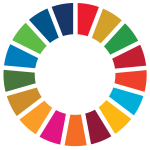
Relevant Sustainable Development Goals
Activity 6.1 Introducing advertising
Key Questions
- What is an advertisement?
- How can we protect ourselves from being tricked by advertisements?
- What forms of stereotype and bias are present in online advertisements?
1. Ask your group what their understanding of an advertisement is, where they see them and how they work. In what ways do they react to them? Do they make us want to buy something, go somewhere, do something? Do they make us angry or excited? Do ads sell feelings? How? Are internet ads any different to non-internet ads?
Note that sometimes advertisements can trick us into thinking or feeling things e.g. eating a certain food will cause us to feel happy, healthy or ‘cool’. Invite the group to share examples of such ads and their reactions to them. Can they think of ads that try to share ideas or viewpoints?
Discuss the ways in which they think we can become more critical consumers of ads – think of things we can do when looking at webpages to strengthen this.
Now ask them to think about or give examples of ads that really annoy them (that, for example, stereotype people, make assumptions about women or men, try to sell something unhealthy or dangerous etc.). What specifically annoys them and why?
2. Discuss understandings of stereotypes and their use (racial stereotypes, gender stereotypes, ability stereotypes or stereotypes about young people) with the group. Ask them to think of examples of stereotypes they have seen in advertising on digital media or elsewhere. Weekend magazines and newspapers routinely include such ads – you could provide examples here to stimulate the discussion.
- In what ways are such ads or images unfair and why?
- What might be some of their consequences?
- In this context, what does it mean to be a critical consumer on the internet?
3. As a group, think about developing a critical consumer manifesto or checklist with values we could agree to follow when reviewing advertisements. How can we convince others not to be manipulated by ads and ideas?
Activity 6.2 Introducing the Dóchas code of conduct on images and messages
The Dóchas Code of Conduct on Images and Messages is a voluntary code that sets out a set of guiding principles to assist organisations in their decision-making about which images and messages to use in communicating ideas and perspectives with a view to ensuring appropriate levels of respect and human dignity. Upon signing the Code, development NGOs and organisations have committed themselves to a set of principles, ensuring that they will try to avoid stereotypical or sensational images (this issue is itself subject to debate).
The adoption of the Code means that aid agencies will choose images and messages that represent the full complexity of the situations in which they work, and that they will normally seek the permission of the people portrayed in the photos they use.

The choice of images and messages should take account of principles such as:
- Respect for the dignity of the people concerned;
- Belief in the equality of all people;
- Acceptance of the need to promote fairness, solidarity and justice.
To date, over 80 organisations and NGOs are signatories to the Code in Ireland. Discussion around this code will help strengthen discussions on the choice of images and messages generated within them.
Using one of the following adverts, (or video/photo etc. of your choice), and consider exercises following the ads.
- Invite the group to look carefully at the whole set of posters (or any other set of posters you care to choose). Each individual or pair should pick one or two photos which they find particularly interesting or which raise important questions or issues for them.
- Participants then form small groups (of for example 4 or 6) and explain their choice to each other. Each small group then selects one or two posters from the group and explains their choice to the larger group. Each group does this in turn.
- This activity can be used to make a list of issues or questions that might need further study and discussion. A variation on this activity can be developed using the Stickers Activity (see below) – each individual or small group could choose a photo which raises questions about a specific issue, for example, human development or human rights.
- Use the information in the captions and the keywords to relate the chosen photos to the broader issues
- Give each group or pair a poster (or photograph) – this could then be mounted on a larger piece of poster paper so that they can write around the edges. If this is not possible, the questions can be written on a separate piece of paper.
- Invite them to write as many questions as they can about the photo/advert. Questions can be directly relevant to the photo or to issues raised by the photo/advert. Encourage the group to ask questions that raise broader issues and challenges.
- The questioning process around each poster can then be displayed and shared with the larger group. A group list of the most challenging and interesting questions could then form the basis for further study and research.
- Divide the group into pairs and invite each pair to choose one poster / photo and to then describe, in their own words, what is happening in the poster/photo.
- Invite them to choose some keywords which best describe the poster/photo (e.g. happy, sad, busy, singing, speaking, women, poverty, relaxed, hard-working etc.) Each pair can then share their description and keywords with the whole group.
- A list of group keywords can then be compiled and discussed:
Are there words in common? Are the words largely positive or negative or a mixture of both? What was the basis for the choices made? Does anyone disagree with the labels chosen? What evidence is there in the photos for the labels? Is there agreement or disagreement as to what might be happening in the photos?
- Alternatively, each pair or group can display their photo on a piece of poster paper on the wall with a set of keywords describing the photo on stickers added to the poster. In this way, the entire set of photos can be displayed and described.
- Invite the whole group to look at all the photos/visual media and share agreements or disagreements on the words chosen to describe particular photos.
- The overall list of keywords could be used to initiate a discussion on our images of development, identity, human rights etc.
Distribute the poster of the Dóchas Code of Conduct and investigate what the code means for these images. Are the advertisers / media producers compliant with the code? What do participants think (and feel) about this?
Note: for more activities around visual products such as adverts, photos and media see the using photographs in education produced by developmenteducation.ie
2. If the group has identified advertisements they particularly dislike, encourage them to let the company or organisation promoting the ad know this and why they find the ad objectionable.
Activity 6.3 Advertising and me – what’s my role?
Key Questions
- How does online advertising work, and what is my role in it?
- How do we recognize when we are being manipulated by advertisers and avoid it?
- How has social media made online product consumers the products themselves?
1. Ask the group what it means for a product or service to go ‘viral’ – how does this happen? In discussing the answers, note that when something goes viral, the messages increase exponentially, meaning they don’t just multiply – they explode in number.
To illustrate the idea:
- ask a few members of the group with calculators to act as recorders.
- ask if someone in the group is willing to share the extent of their social media activity; if not invent such a person.
- pose the scenario that this person (S) has sent an image, video or story via social media to all their friends.
- identify how many friends they have and then ask the recorders to calculate 1 x number of friends. Now, assume those friends have sent the message to their friends, and they each have the same number of friends.
- ask the recorders to multiply the first number of friends by the same number and note the answer for the whole group.
- then assume these friends of friends have sent the image to their friends, which you’ll assume is the same number of friends and the multiply again to illustrate the point. This will give an idea of how many people have seen the original post.
The same applies to advertising online, companies operating the social media platforms they use are monitoring traffic and recording clicks and viewing time. This information helps the companies determine which ads, news stories or other information might interest you and your friends later on.
2. Use the ‘Economics of Social Media’ and the 3-2-1 Data Chart handouts.
- Handout 19: The Economics of Social Media (from Teaching Tolerance)
- Handout 20: 3-2-1 Data Chart (from Teaching Tolerance)
Read the article first and then complete the chart. After this is done, split the group into four, each in a corner of the room. Invite them to share the facts they gathered by going to at least two people in other groups to give a fact and receive a fact. Bring the group together and facilitate a general class discussion focusing in particular on what they found to be the most memorable sections of the article.
Some questions:
- How has the increase in social media users worldwide increased the power of advertising online?
- Explain how social media users have become information products that can be sold by social media companies to other companies that sell products people might want.How does a mobile device make digital advertising more prolific?
- What are some of the problems with “haters,” trolls and fake news that can affect an advertiser’s effectiveness online?
3. Consider the following graphic by the Oxford Internet Institute on the production of Wikipedia ‘edits’ as a concluding reflection activity by displaying it in full.
3 questions to prompt the discussion:
- What is the map telling us?
- How does the map challenge what we think of the production of information? What are the implications of this for consumers of information?
- What might ‘global inequality’ mean in the context of the map? What can we (or should we) do about the reality of the geography of information?
Keywords
It might also be useful at some stage in the process to discuss some of the keywords associated with these issues and whether we effectively understand them.
- consumer – a person who purchases or can purchase products and services to use
- stereotype – a fixed and oversimplified idea about a particular group of people and how they behave
- viral – relating to pertaining to or involving the fast, far-reaching spread of information and opinions about a product or service from person to person, especially on the internet or in emails
- social media platform – a web-based technology that allows users to create and share content within a community, often as a tool of social networking, professional networking or curating items of personal interest
- social media network – a form of electronic communication (such as a website for social networking and microblogging) through which users create an online community to share information, ideas, personal messages and other content (such as videos)

